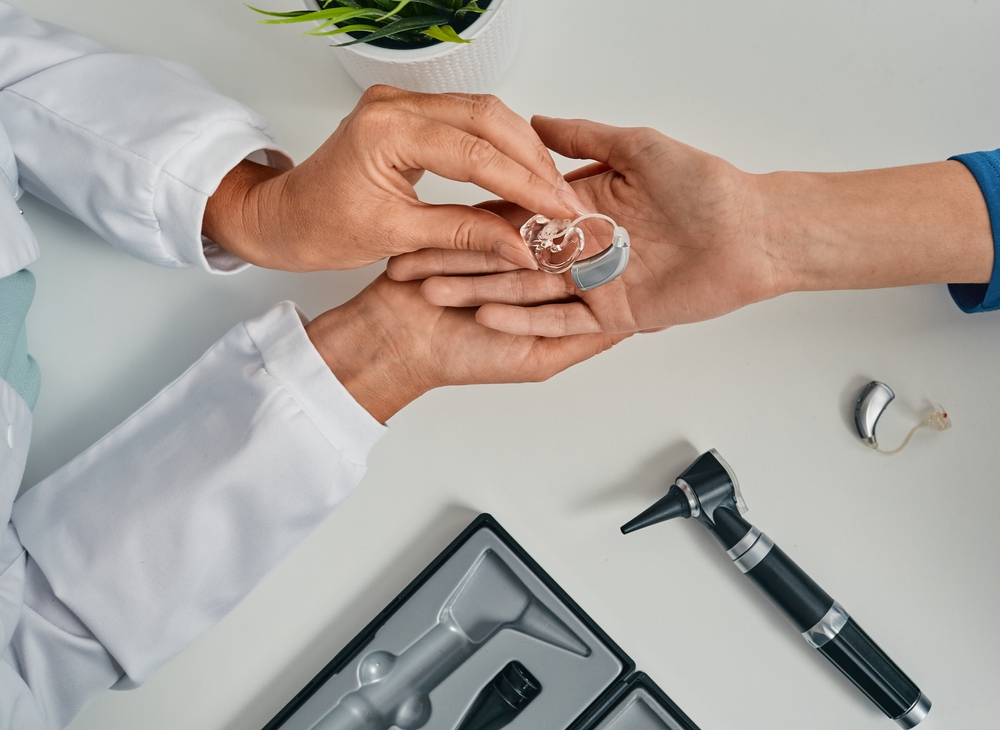Hearing aids are vital for enhancing daily communication by improving the clarity of sound. For ideal performance, it’s essential to schedule routine maintenance and periodic professional cleaning sessions. As an outcome of prolonged use, a buildup of earwax, moisture, and other particles can happen, causing performance to decline. Knowing when it is time to schedule professional maintenance can help prolong the life of your hearing aids and ensure they continue to work at their best.
Why it’s important to have your hearing aids professionally cleaned
Even with regular at-home care, hearing aids gradually collect accumulation that may affect sound quality and performance. Regular upkeep provides a number of advantages:
- Thorough Sanitizing– Effectively eradicates obstinate earwax, dust, and moisture that regular cleaning techniques often miss.
- Improved efficiency – Gets rid of blockages that may cause muted audio or distortion.
- Extended Lifespan– Prevents premature wear and tear, decreasing the need for repair work or replacements.
Having your hearing aids cleaned by a professional helps ensure they function at their best, reducing the likelihood of unexpected breakdowns.
Signals that your hearing aids need professional maintenance
Not certain if your device is due for a deep clean by a pro? Look out for these obvious indicators that it’s time to call in the experts:
- Muffled or Distorted Sound Quality: If speech and environmental sounds seem unclear, dull, or distorted, it might be due to wax or debris blocking the microphone or speaker.
- Constant Feedback or Squealing: A squeaky noise at a high frequency (feedback) could suggest a blockage from earwax or a poorly device. A professional cleaning can help eliminate obstructions and fine-tune the fit.
- Addressing Volume Problems: When volume adjustments fail to produce the anticipated result, it might be necessary to perform maintenance on internal parts or recalibrate the system’s software settings.
- High humidity can affect the device’s internal components, resulting in sporadic audio interruptions or faulty button control. A qualified expert can evaluate and resolve problems caused by dampness or water damage.
- If you recognize an obvious increase of wax or dirt on your hearing aids, it is recommended to have them professionally cleaned for a more extensive removal compared to cleaning them at home.
- Use precision tools to remove wax, dirt, and moisture without damaging fragile parts.
- Inspect and repair components to verify all elements are working properly.
- Check software and hardware for any functionality problems impacting sound quality.
- Replace any tubing or filters that may be impacting the performance of the device.
- Every 3 to 6 months for standard maintenance.
- Routine cleanings are recommended for people who tend to generate a lot of earwax or live in locations with high humidity, as these environments can intensify wax accumulation.
- As soon as issues emerge, dealing with minor issues early can prevent costly repairs.
What does a professional hearing aid cleaning look like?
A complete cleaning service not only keeps your equipment in good working order but also assures top performance and effectiveness. Here a few things your hearing specialist will accomplish during a cleaning:
What is the recommended time frame for scheduling professional maintenance?
The need for professional cleanings varies based on factors like how much earwax is generated, the levels of moisture, and how the device is generally used. General suggestions include:
Maintain your hearing aids for optimal performance
To keep your hearing aids functioning optimally and providing crisp, clear audio, it’s crucial to schedule regular check-ups and maintenance with a hearing care professional.
If you’re experiencing muffled audio, feedback, or functionality issues, it may be time to set up a professional cleaning.
Set up an appointment for your hearing aid cleaning and maintenance now.

